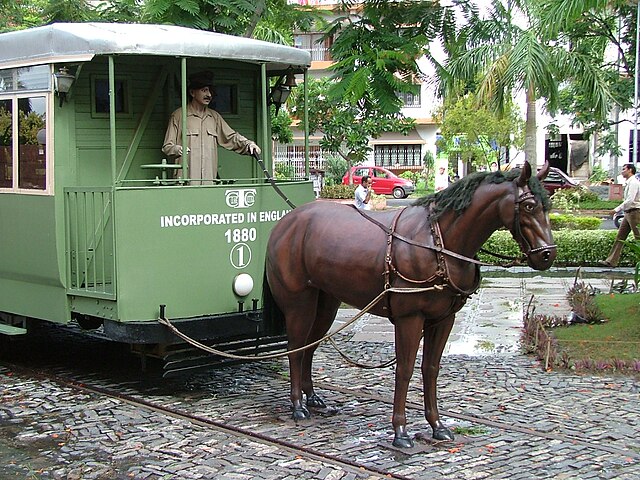Take a little test
What is the oldest and the youngest word in the following list ?
- scripophily
- computer
- android.
I bet you are wrong ! I was too. I'll give you the answer right away.
The word scripophily is a
contraction of
- the English word “scrip”, a certificate entitling ownership right,
- and the Greek word "φίλος" (philos), meaning "friend".
Scripophily is about
collecting old securities and related items
Securities can roughly be
divided in :
- debt securities, such as a bond, which represents a debt of a company, a society, a federal, statal or
municipal authority, or a non-governmental organization
- equity securities, such as a stock certificate (also known as a share certificate), which represents part
ownership of a company, society or association.
More than just collecting
Scripophily involves also the study of stock and bond certificates and their related history. One can be a scripophilist without owning a single stock or bond.
Did you know that antique stocks and bonds are easy to find ?
Many certificates are
common and can be easily and cheaply acquired on bourses and online platforms like eBay. More interesting material is found at dedicated auctions. Some certificates, like this one, are very rare and have a great historical importance and reside only in museums.
Why collect ?
There are tens of reasons why scripophily items are appealing : security engraving, artistic design, particular vignettes,
a pioneering activity, the name of a company, historical background, the name
of the holder, a signature of a famous person, and many more reasons.
Société Agricole et Industrielle du Thap-Muoi
Share of 20 French Indochinese piasters, Saigon, 1928, printed in Paris by Chaix
The piaster was the currency of French Indochina between 1885 and 1952.
Tháp Mười is a rural district in the Mekong Delta region of Vietnam.
double-click image to enlarge
Is it really important to make a distinction between true and untrue scripophily?
Absolutely not. Scripophilists may also collect other related papers, often not regarded as true scripophily, for instance : insurance policies, membership certificates, invoices. The issuers used these papers in their daily business processes. This contrasts with securities that were issued only occasionally during the lifespan of the issuer. Hence, ordinary lottery tickets, drawn on a weekly basis, belong to the former group, and lottery loans to the latter. Combining both types of documents in a collection only contributes to the fun and learning possibilities.
The Ericsson Shipping Company, Ltd, 1915
Printed by Andrew Reid & Co., Newcastle, UK.
The company owned the S.S. Willingtonia, a steel hulled steam cargo ship, built in 1918.
In the very same year the ship was torpedoed and sunk by the German submarine UC27.
A weird coincidence, the company's shipping flag depicts a swastika,
in many cultures seen as a sign of good fortune.
Do you know the word in your language ?
In other languages,
scripophily is often translated in a similar sounding word
- Escripofilia (Spanish)
- Scriptophilie (French)
- Scripophilie (French,
German)
- Scriptofilie (Dutch)
- Scripofilie (Dutch, Romanian)
- Scripofili (Norwegian)
- Scripofilia (Italian)
- Skripofilija (Lithuanian)
- Skrypofilistyka (Polish)
- Скрипофилия (Russian)
Is the word for
scripophily in your language not listed here? Please let me know, I’ll make
sure it deserves its place in the list.
How old is the word scripophily ?
The word scripophily is
actually a relatively modern word, as you can see here in Google’s Ngram chart. This tool lets you trace
the usage of a word or phrase during the past five centuries (!) by seeing how often it's appeared in books over that time span.
 |
The word Scripophily started appearing in books halfway the 1970s.
Source : Google Ngram Viewer |
As you see, the word Scripophily started appearing in the 1970s, which is pretty modern when compared to words like android (17th century) and computer (16th century).
F.L.
Tip : The more (online) scripophily friends you have, the more you will share knowledge and have fun. You should join a club or participate in a social media group !
PS :
Scripophily is also the name of the magazine issued by the International Bond & Share Society (IBSS), see more
here .
Related links
Can you help me to reach more people by sharing this post ?








